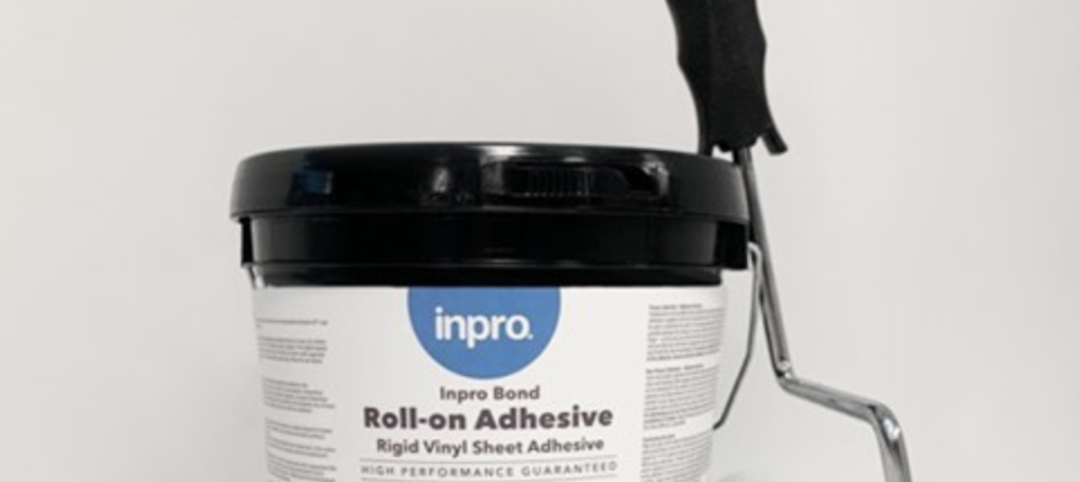A new report from the Associated Builders and Contractors found that prices for inputs to construction industries rose by 1.1% in May—the largest month-over-month increase in more than two years. The rise is also the third time in the last 10 months that construction materials prices have grown on a monthly basis.
Although prices saw gains in May, year-over-year prices dropped by 3% in May and have now fallen by more than 3% in each of the first five months of 2015. Of the 11 key construction inputs, only three experienced monthly price increases in May.
"Commodity markets experienced a reversal of several patterns that have been in place for many months in May," said Associated Builders and Contractors' Chief Economist Anirban Basu. "Most notably, key energy prices rose meaningfully, with oil prices rising to roughly $50 per barrel. While natural gas prices did not rise for the month according to the producer price index, they remained relatively flat after falling by more than 10% in three of the year's first four months. Many economic forces were at work, including a weaker U.S. dollar. Many commodities are priced in dollars, which helps to lay a floor under the associated prices. With the European economy showing signs of life the dollar's rise against the euro has effectively stalled."
Basu added that stakeholders should not consider this news the beginning of a new trend as there are several reasons to expect the U.S. dollar to advance against other major currencies over the course of the next few months. Of these expectations, there's an anticipated shift in monetary policy. An increase in interest rates will help to suppress further increases in commodity prices including those related to energy.
Only three of the key materials' prices increased in May:
• Crude petroleum prices expanded 15.6% in May but are down 42% from the same time last year.
• Crude energy materials prices gained 7.7% in May but are 37.3% lower year-over-year.
• Nonferrous wire and cable prices expanded 0.9% on a monthly basis but shed 2.8% on a yearly basis.
Eight of the 11 key construction inputs did not expand for the month:
• Fabricated structural metal product prices dropped 0.5% lower for the month but have expanded 0.8% on a year-over-year basis.
• Natural gas prices fell 1.7% in May and are down 48.4% from the same time one year ago.
• Prices for plumbing fixtures remained flat in May and are up 4.9% on a year-over-year basis.
• Prices for prepared asphalt, tar roofing and siding fell 1.5% for the month and are down 1.9% on a year-ago basis.
• Iron and steel prices fell 1% in May and are down 14.9% from the same time last year.
• Steel mill products prices fell 2% for the month and are 11% lower than one year ago.
• Softwood lumber prices fell 2.5% and are 7.9% lower than one year ago.
• Concrete product prices remained flat in May and are up 4.9% on a yearly basis.
Related Stories
Engineers | Oct 12, 2023
Building science: Considering steel sheet piles for semi-permanent or permanent subsurface water control for below-grade building spaces
For projects that do not include moisture-sensitive below-grade spaces, project teams sometimes rely on sheet piles alone for reduction of subsurface water. Experts from Simpson Gumpertz & Heger explore this sheet pile “water management wall” approach.
Building Materials | Oct 2, 2023
Purdue engineers develop intelligent architected materials
Purdue University civil engineers have developed innovative materials that can dissipate energy caused by various physical stresses without sustaining permanent damage.
Construction Costs | Sep 28, 2023
U.S. construction market moves toward building material price stabilization
The newly released Quarterly Construction Cost Insights Report for Q3 2023 from Gordian reveals material costs remain high compared to prior years, but there is a move towards price stabilization for building and construction materials after years of significant fluctuations. In this report, top industry experts from Gordian, as well as from Gilbane, McCarthy Building Companies, and DPR Construction weigh in on the overall trends seen for construction material costs, and offer innovative solutions to navigate this terrain.
Metals | Sep 11, 2023
Best practices guide for air leakage testing for metal building systems released
The Metal Building Manufacturers Association (MBMA) released a new guidebook, Metal Building Systems - Best Practices to Comply with Whole-Building Air Leakage Testing Requirements.
Fire-Rated Products | Aug 14, 2023
Free download: Fire-rated glazing 101 technical guide from the National Glass Association
The National Glass Association (NGA) is pleased to announce the publication of a new technical resource, Fire-Rated Glazing 101. This five-page document addresses how to incorporate fire-rated glazing systems in a manner that not only provides protection to building occupants from fire, but also considers other design goals, such as daylight, privacy and security.
Green | Aug 7, 2023
Rooftop photovoltaic panels credited with propelling solar energy output to record high
Solar provided a record-high 7.3% of U.S. electrical generation in May, “driven in large part by growth in ‘estimated’ small-scale (e.g., rooftop) solar PV whose output increased by 25.6% and accounted for nearly a third (31.9%) of total solar production,” according to a report by the U.S. Energy Information Administration.
Sustainability | Jul 26, 2023
Carbon Neutrality at HKS, with Rand Ekman, Chief Sustainability Officer
Rand Ekman, Chief Sustainability Officer at HKS Inc., discusses the firm's decarbonization strategy and carbon footprint assessment.
Contractors | Jul 13, 2023
Construction input prices remain unchanged in June, inflation slowing
Construction input prices remained unchanged in June compared to the previous month, according to an Associated Builders and Contractors analysis of U.S. Bureau of Labor Statistics Producer Price Index data released today. Nonresidential construction input prices were also unchanged for the month.
Sponsored | Fire and Life Safety | Jul 12, 2023
Fire safety considerations for cantilevered buildings [AIA course]
Bold cantilevered designs are prevalent today, as developers and architects strive to maximize space, views, and natural light in buildings. Cantilevered structures, however, present a host of challenges for building teams, according to José R. Rivera, PE, Associate Principal and Director of Plumbing and Fire Protection with Lilker.

















